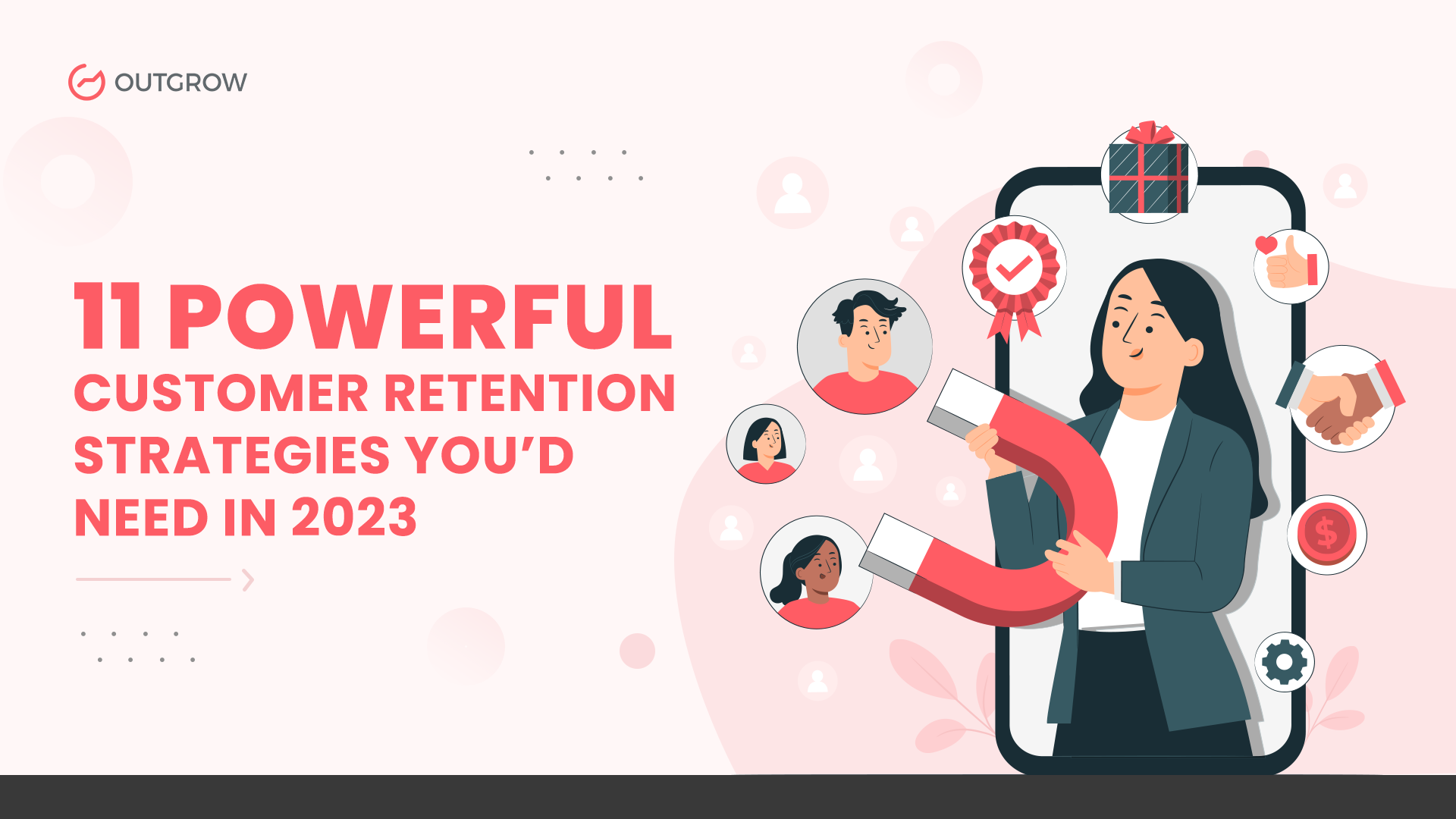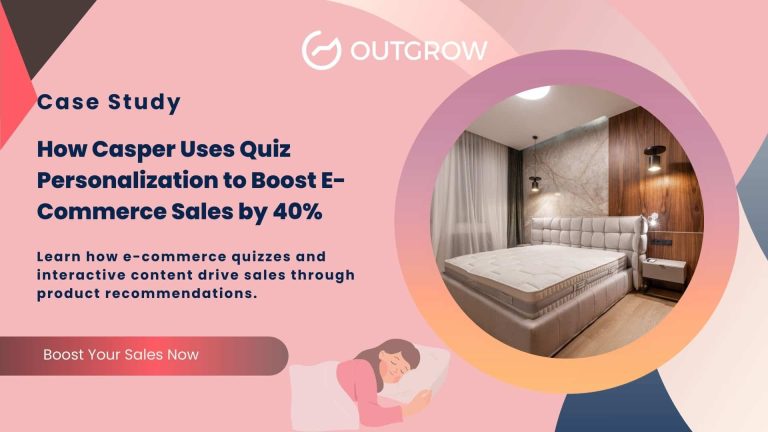11 Powerful Customer Retention Strategies You’d Need in 2023
Table of Contents
For a business to thrive in today’s competitive market, it must find sustainable ways to attract new customers. But, more importantly, brands need to keep existing customers coming back for more. And the key to achieving the latter is through exceptional service and well-executed customer retention strategies.
The road to high retention is creating products and services that exceed customers’ expectations and cater to their unique needs. So, let’s explore ten powerful customer retention strategies businesses can implement to enhance user experience, drive loyalty, and ultimately increase revenue.
Whether you’re a B2B or B2C company, implementing these strategies can assist you in building a long-lasting connection with your customers.
What Is Customer Retention and Why Is it Important?
Customer retention refers to the ability of a business to retain its existing customers over longer periods. It’s crucial because retaining existing customers is typically much more cost-effective than acquiring new ones.
On average, B2B companies maintain a 76-81% customer retention rate. This means they are already putting significant effort into building and maintaining relationships through customer retention strategies.
Retention is also a critical factor in the overall health of a business. According to Zippia, every year, poor customer service costs businesses a staggering $76 billion. Furthermore, the same source states the cost of acquiring a new customer is six times that of retaining a current one. Existing customers tend to be more loyal and require less marketing and advertising spending to keep them engaged.
11 Effective Customer Retention Strategies in 2023
1. Create Personalized Onboarding Experiences
One of the best customer retention strategies, especially for product-led growth companies, is to create personalized onboarding experiences. This involves customizing the onboarding process to meet customers’ needs and preferences. By doing so, businesses can ensure that their customers feel valued and supported throughout their buying journey.
For instance, a software company could offer a personalized onboarding experience by assigning a dedicated onboarding specialist to each new customer. The specialist would collaborate with the customer to comprehend their particular needs and create a tailored onboarding plan that suits those requirements.
Another great way to personalize the onboarding experience is by running a quick onboarding survey to determine the user’s needs, then customize the dashboard based on their pain points. Shopify does a great job at breaking up complex forms into multiple screens:
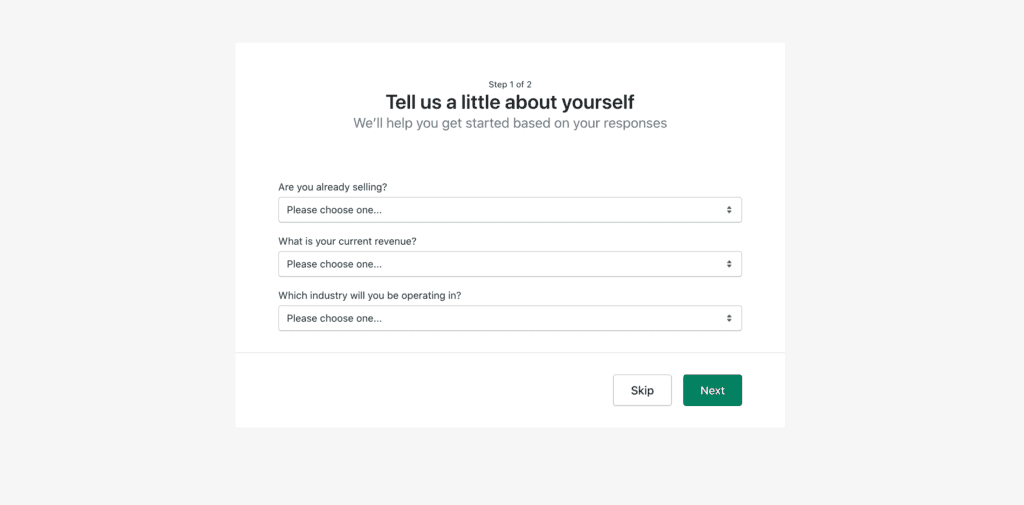
Other relevant questions will appear based on the user’s answers, allowing them to customize their final experience.
2. Offer Empathetic Customer Support and Self-service
This is less of a customer retention strategy and more of a best practice when approaching client communication. Customers want to feel heard, understood, and valued when they contact customer service. So, use call center services for better customer engagement and support.
Businesses must provide empathetic customer support and self-service options to have their customers return. This involves listening to customers, understanding their concerns, and providing clear information to help solve their problems quickly. Establishing a dedicated contact center can help in addressing their concerns and ensuring efficient problem resolution.
Empathetic support and self-service make customers feel valued and ultimately help businesses build trust and brand loyalty.
In addition to traditional customer support channels, self-service options such as FAQ pages, chatbots, and online tutorials can also enhance the customer experience.
If you ever need help with an Apple product, whether it’s your Mac not charging or freezing or iPhone lagging, you can contact a team of caring and knowledgeable customer support staff who are always ready to help.

They provide easy-to-use guides and tutorials to assist you in resolving any issues. Their culture of empathy and respect ensures that you are thoroughly attended to and supported throughout your whole journey. Additionally, with the help of customer service software, you can automate your customer service to increase customer ROI.
3. Invest in Customer Loyalty Programs
Investing in customer loyalty programs is an intelligent approach to maintaining existing customers and boosting revenue. One practical tactic is to provide affiliate or loyalty programs encouraging customers to refer new businesses to your company.
A great example is Time Doctor, which offers its users $50 for each newly referred client that spends at least $50 with their software. The program is available directly from the Time Doctor dashboard, making it super easy to get involved.
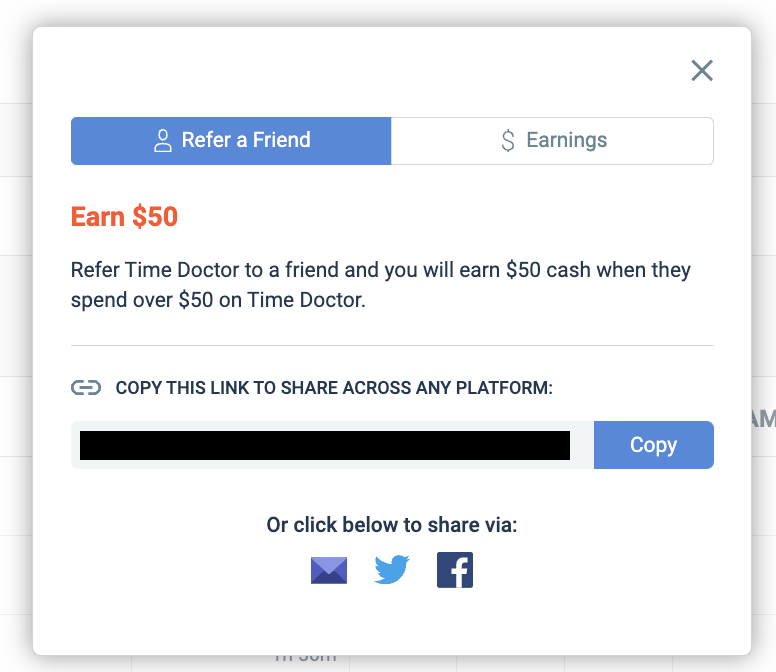
By giving exclusive referral incentives like discounts, free products, or other rewards, you can motivate current customers to participate in your program. This will help you with business promotion as well as customer acquisition.
In addition to referral programs, it’s also important to offer loyalty programs that reward customers for successive purchases. By providing points or rewards for purchases, customers are more likely to continue doing business with your company and may even spend more to earn rewards faster, according to Credit Card Compare
American Express has a great loyalty program called Membership Rewards. If you use your Amex card, you get rewarded with points for every dollar you spend. These points can be redeemed for travel, merchandise, and gift cards.
They also have exclusive deals and perks from their partners, which adds even more value. This loyalty program is so impressive that it keeps current customers returning while attracting new ones, which is crucial in the credit card industry.
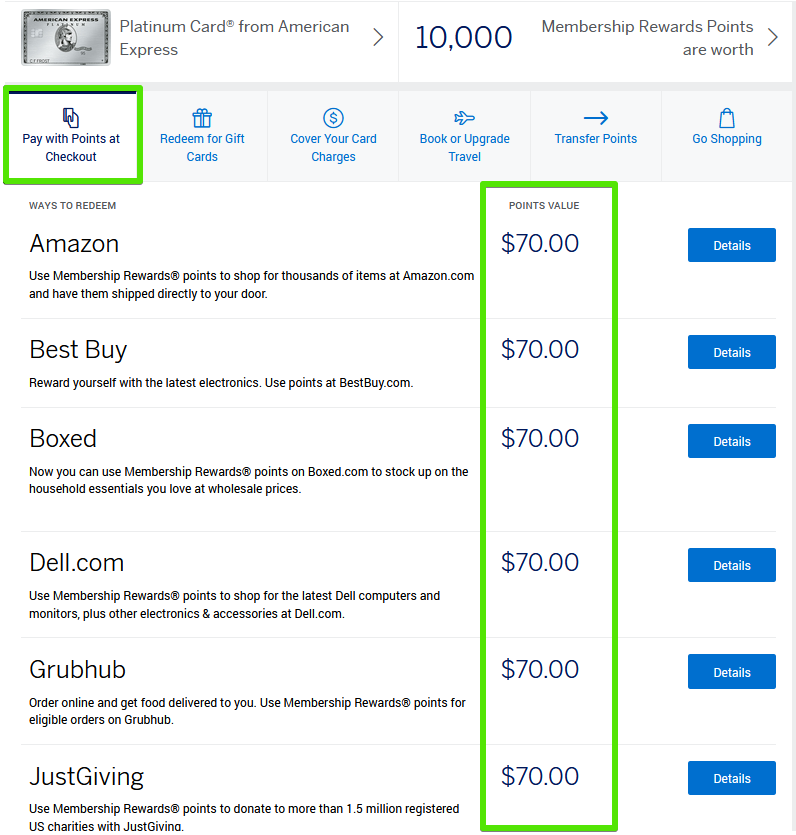
4. Utilize Interactive Content to Boost Engagement
Interactive content refers to any type of material that encourages direct user participation and engagement. It can take the form of quizzes, calculators, tools, or animated materials.
A great example of interactive content for customer retention is the Pottermore website, which starts off with a House sorting quiz to get users more invested in their platform and personalize their experience. In a B2B context, this customer retention strategy could take the form of a calculator that targets your audience’s pain points (e.g. churn rate) and then provides a solution to solve it.
Here are a few other examples of interactive content to boost retention and engagement:
- Product recommendation quizzes to give personalized suggestions
- Website calculators to provide real-time solutions
- Interactive chatbots for human-like conversations
- Fun quizzes and mini-games to keep customers engaged
- Interactive videos and motion graphics
5. Build Trust and Rapport Through Shared Values
Businesses can build trust by aligning their values with their customers. For example, if a business values sustainability, it can demonstrate this through its products and services and communicate this message to clients who share the same values.
Customers appreciate when businesses are transparent and honest about their products or services. They appreciate it even more when brands break the norms of traditional marketing. One of the most relevant examples of customer retention strategies for building rapport comes from beauty and make-up brands.
Huge names like Fenty and Rare Beauty are no longer promoting unrealistic beauty standards. They are showing real women with real bodies – stretch marks, cellulite, and all. This makes their audience feel seen and accepted, despite their imperfections. Here are a few examples:
- Savage X Fenty creates lingerie for all body types and skin colors.
- Rare Beauty shows the real, unfiltered side of feminine beauty. Their tagline is actually: “Makeup to feel good in, without hiding what makes you unique.” Selena Gomez also publishes many get-ready-with-me (GRWM) videos where she shows a very real, vulnerable, and human side. Take a look at the comments section to see users shower her with appreciation.
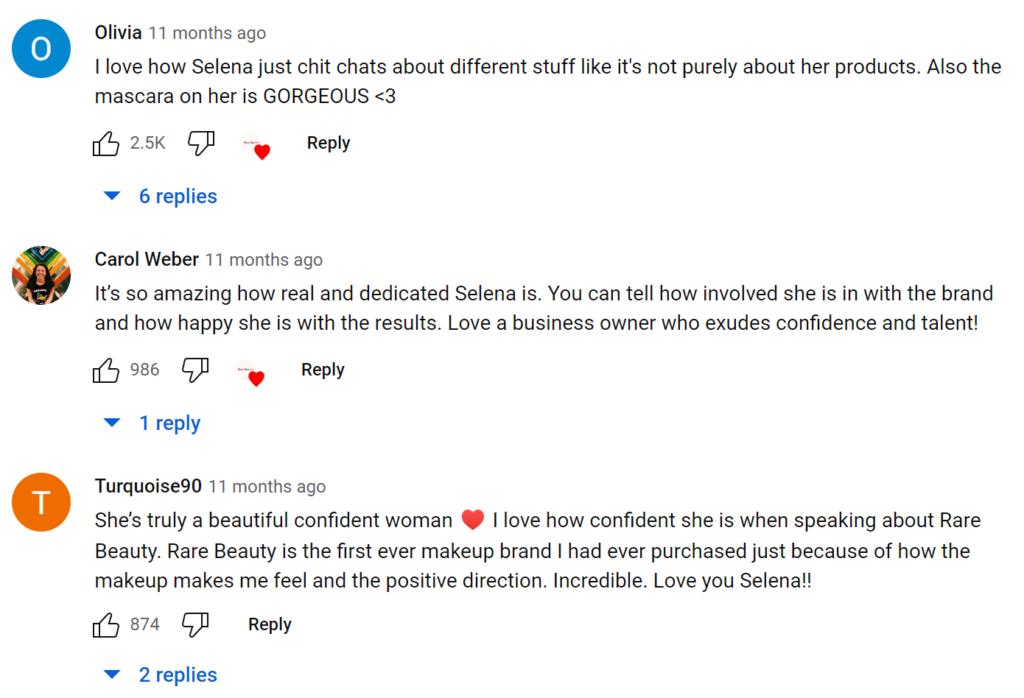
6. Focus on Upselling and Cross-selling
Businesses can encourage customers to make additional purchases by offering bundled packages or complementary products. Targeted email campaigns and personalized SMS outreach can be effective methods for highlighting relevant products and services to customers who may be interested.
In addition to bundle deals, targeted email campaigns and personalized outreach can be utilized to promote relevant products and services to customers. By analyzing customer data and purchase history, businesses can identify the products and services more likely to interest-specific customers. This enables them to create personalized marketing campaigns, increasing the chances of customers making additional purchases.
Spotify has one of the best customer retention strategies in the industry. They provide bundle deals to customers, such as a discounted subscription when bundled with a Hulu or Showtime subscription.
Additionally, they use targeted email campaigns and personalized outreach to suggest new music based on their listening history, which can encourage them to upgrade to a premium subscription.
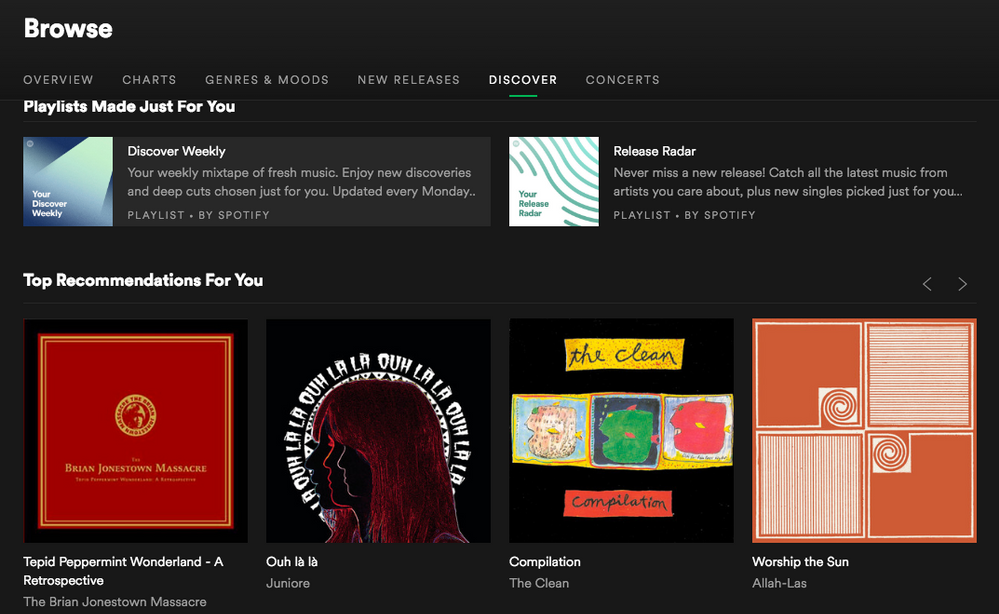
7. Create a Customer Feedback Loop
To create a feedback loop, you must gather customer feedback through various channels such as surveys, reviews, or other feedback methods. After collecting feedback, you must analyze the data to pinpoint improvement areas.
Implement changes based on feedback and monitor the results. Lastly, it’s crucial to follow up with customers to ensure their concerns have been addressed and their experience has improved.
An excellent way to use customer feedback to expand your business is by using surveys. Surveys provide customers an interactive and fun experience while collecting valuable insights to grow your business.
For instance, if you are a fashion retailer looking to add a new collection, you can create a survey asking customers about their favorite colors, style, materials, and custom clothing items. You can use this information to recommend new items from the collection that they are more likely to be interested in.
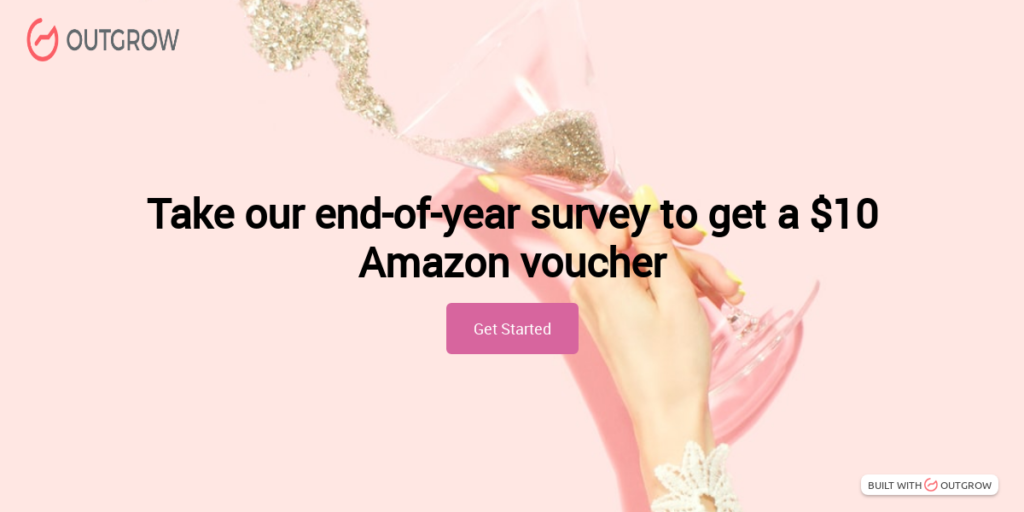
Adding vouchers or prizes to your surveys can also incentivize more customers to take them. This makes it easier to collect large volumes of data to make informed business decisions in the future.
8. Improve Two-way Communication With Customers
Improving customer communication is essential to build solid relationships and maintain customer loyalty. It enables businesses to comprehend their customers’ needs and worries, allowing them to enhance their services and provide a better customer experience.
Moreover, effective two-way communication can provide growth opportunities for businesses. More conversation means a more engaged audience and, ultimately, stronger loyalty and retention.
Here are five ways to improve two-way communication with customers:
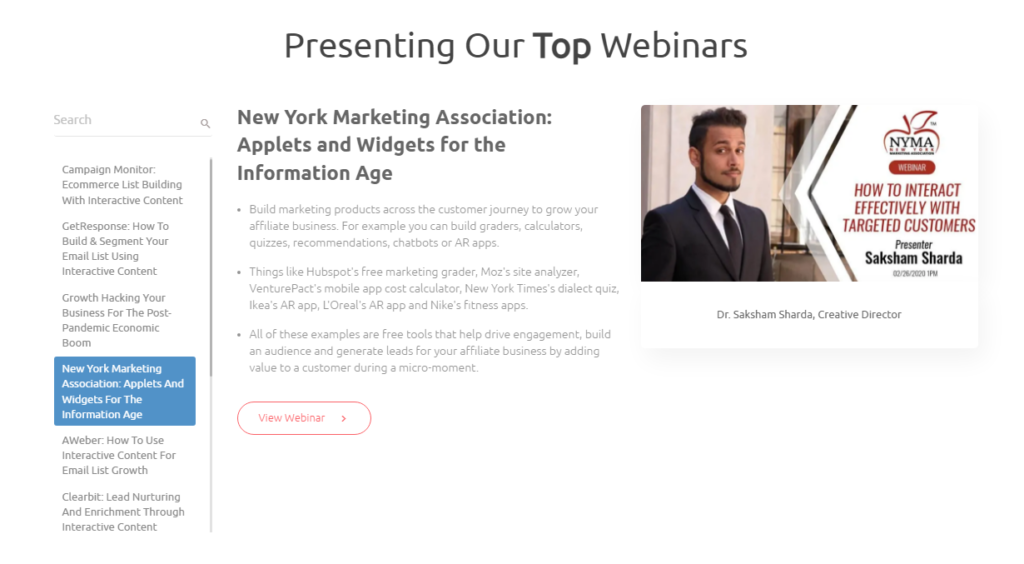
- – Host webinars, Q&A sessions, or customer forums to address common questions and concerns and foster community.
- – Collect feedback through SMS, website forms, polls, and quizzes.
- – Employ AI chatbots to respond promptly and thoughtfully to customer inquiries and complaints, showing empathy and understanding.
- – Use social media channels to engage with customers and create a dialogue.
- – Provide multiple channels for customers to reach out, such as phone, email, chat, and social media.
9. Provide Value (KISS method)
KISS is an acronym for: “Keep it Simple, Stupid!” and theorizes that unnecessary complexity should be avoided. To provide value fast and implement the KISS method, businesses must simplify the customer experience across all touchpoints, from product design to customer service.
Simplicity and clarity in customer interactions also mean providing efficient, quick service that meets customers’ needs and expectations.
Dropbox is a business that stands out in implementing the KISS method as a strategy for customer retention. The file hosting service provides users with an effortless and effective solution to store, share, and access their files from anywhere.
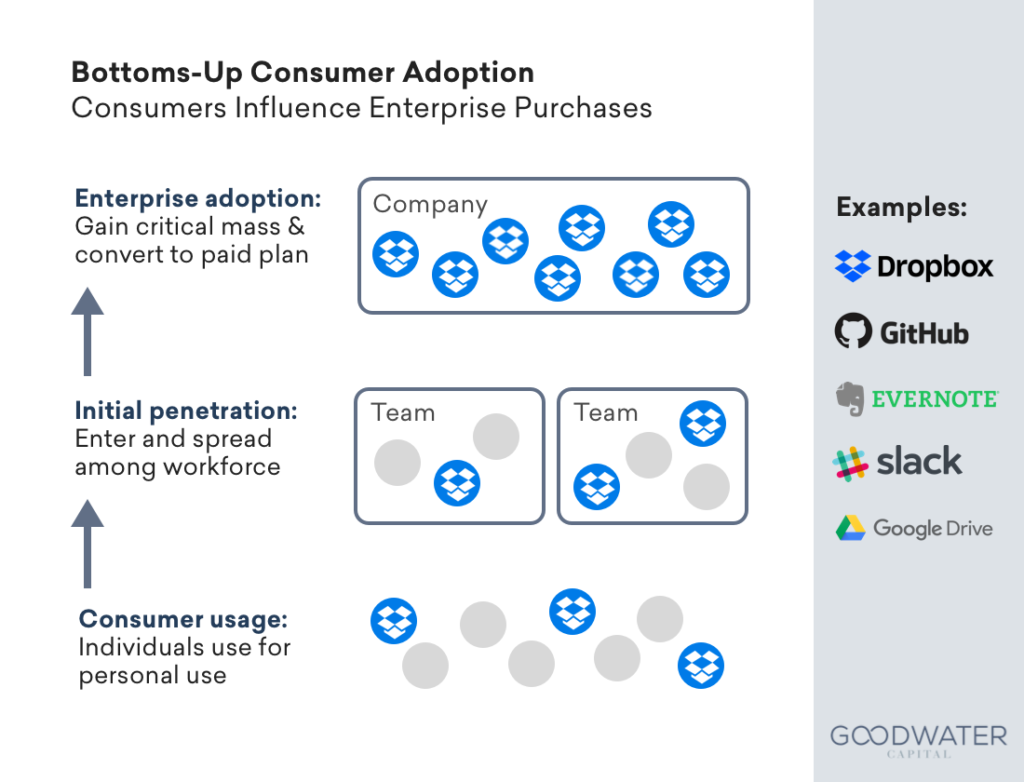
The platform is designed to be user-friendly, with a simple interface that encourages consumer usage and, later, enterprise adoption. The company emphasizes speedy syncing and file-sharing while prioritizing the security and privacy of its users’ data.
10. Make Your Product Difficult to Replace
One way to keep customers loyal is by making it challenging for them to find a replacement product. Companies can accomplish this by making their product user-friendly and adding distinctive features that lead to a higher feature adoption rate.
For B2B companies, improving product adoption rates can be done by providing training, support, and resources to ensure customers are able to utilize the product’s capabilities fully. This helps create a strong bond between the customer and the product, making it more challenging to switch to a competitor.
On the other hand, B2C companies can invest in areas that make it easy for users to choose their business over competitors. This can include offering quick delivery options, free return options, instant support, buy now, pay later options, and other features that make the buying experience more convenient and enjoyable for customers.
11. Use Gamification to Keep Customers Invested
Gamification refers to the process of enhancing systems, services, and activities to create game-like experiences. It is an excellent customer retention strategy to keep your clients invested in your B2B or B2C business. By incorporating game-like elements into your customer retention strategy, you can make the experience more fun and engaging while providing value to your customers.
One example of a B2B business that uses gamification as part of its customer retention strategy is Duolingo for Business.
Duolingo uses gamification to keep users invested and motivated by providing rewards such as badges and points for completing lessons and practicing regularly. Users can also compete against each other in leaderboards and challenges, which adds a social element to the learning experience.
In addition to the gamification elements, Duolingo for Business also provides data insights and feedback to help users track their progress and identify areas for improvement. They offer personalized lesson plans based on the user’s skill level and goals.
Using gamification as part of its customer retention strategy, Duolingo for Business has kept its users invested in its platform and has seen significant growth in its user base.
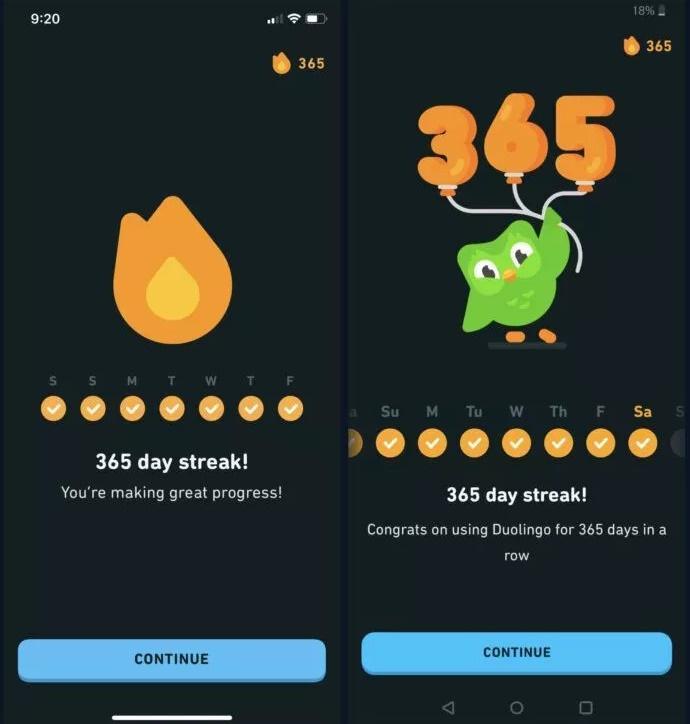
Conclusion
Undoubtedly, customer retention is crucial for the success of any business. From personalized outreaches to loyalty programs and customer feedback surveys, there are various ways businesses can keep their customers satisfied and loyal.
The 11 powerful customer retention strategies discussed in this blog are a great starting point for big companies and startups.
So, start your own customer retention journey by providing a unique and immersive experience to your customers. Allow them to engage directly with you by creating valuable and interactive content. If you wish to try creating an interactive experience without any commitment, sign up for Outgrow’s 7-day free trial!

